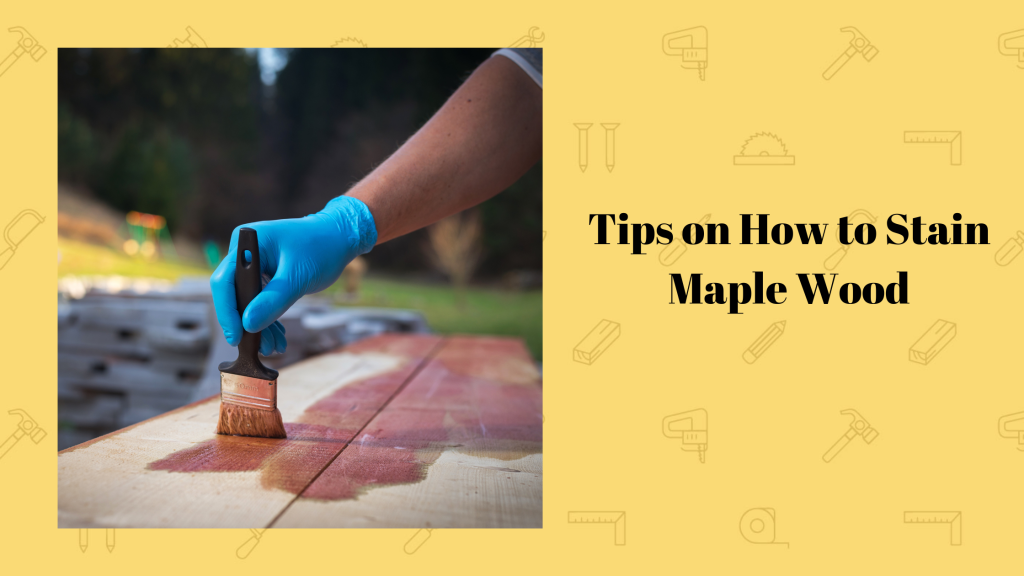Welcome to our guide on selecting the best wood for sauna. Having a difficult time choosing a wood type for your sauna? Worry not, you’ve come to the right place. Whether you’re building a personal sauna or dipping your toes into the spa business, this guide will take you through what you need to know to make an informed decision and create a sauna to meet your needs.
Factors To Consider When Choosing Sauna Wood
There’s very little room for error when choosing your sauna wood. It’s the most important variable. Using the wrong wood can have consequences ranging from rotting wood to serious health effects. So before you begin purchasing heavy cords of wood for construction, here are three essential factors you need to consider:
Heat Resistance
Heat resistance is the primary consideration when building a wooden sauna. Sauna temperatures can reach up to 200 degrees Fahrenheit, and wood that can’t absorb heat properly will degrade and burn the skin when touched. Ensure you use wood capable of absorbing heat over prolonged periods without affecting its quality.
Moisture Resistance

Saunas are naturally humid from steam, sweat, and water. Hence, you must use wood that is resistant to moisture and can be wiped off easily without absorbing it. Using wood with poor moisture resistance can lead to molds, wilting, and the occasional mushroom growing in the middle of the room.
Aesthetic appeal
Building your sauna with good-looking wood is important – especially for commercial saunas. Visual appeal is a part of the sauna experience and helps with relaxation. Consider the wood’s color shade and grain pattern before purchase, and make sure it matches your desired aesthetic.
Any wood specie you choose to build your sauna with must have a track record of possessing these three characteristics.
What Wood Should I Use for My Sauna
After considering the above characteristics, the number of wood species fit to be used in saunas is limited to just a few. Even then, each has its own merits and disadvantages that make them more or less suitable than others. Let’s look at some
Cedar
Cedar is the most popular wood for saunas, especially commercially. We often choose cedar for saunas over other wood species due to its superior durability and ability to withstand harsh conditions for extended periods. Western Red Cedar and Eastern White Cedar are the two cedar sub-species commonly used in building saunas. Their major difference is in their aesthetic. Eastern White Cedar has a lighter color, usually pale yellow or light brown, while Western Red Cedar has a rich reddish-brown color.
Advantages
- Excellent heat resistance
- Attractive aesthetic
- Natural oils help prevent decay
Disadvantages
- Challenging to access in certain regions
- Higher cost compared to other species
Hemlock
Like cedar, hemlock has a few different sub-species. However, only two are prominent in the sauna industry – Canadian Hemlock and Western Hemlock. Unlike the cedar species’, Candian and Western Hemlock are often paired together due to their complementary shades of dark and light green. They are both heat and water-resistant, durable, and lightweight.

Advantages
- Great heat resistance
- Affordable and more available than cedar
- Lightweight and easy to work with
Disadvantages
- Lower resistance to moisture compared to cedar
- Requires a lot of maintenance because its prone to staining
Pine
Pine is the cheapest and most affordable option of all the wood species fit for sauna construction. It doesn’t have the same durability or heat resistance as other sauna woods like cedar and hemlock, but it makes up for it in aesthetic appeal. Pinewoods are dark brown with prominent grain patterns, making them much more decorative than other options. However, pine requires extra care and treatment to withstand the high temperatures and humidity levels in saunas.
Advantages
- Available and affordable
- Aesthetic value
Disadvantages
- Lower resistance to heat and moisture compared to cedar and hemlock
- Will warp or bend over time without consistent maintenance
Nordic Spruce
The Nordic Spruce is also known as Norway Spruce or European Spruce. This wood specie is known for its high density and firmly ingrown structure. Nordic Spruce is regarded for its exceptional quality and suitability for sauna environments. It is known for its light color, fine grain, and smooth texture, which contribute to a clean and elegant look in saunas. One of the key advantages of Nordic Spruce is its excellent heat resistance. It can withstand high temperatures in saunas without damage, ensuring long-term durability.
Advantages
- High-density and durable
- Excellent heat resistance
- Smooth texture
Disadvantages
- It may be difficult to access as it’s mostly grown in Europe
- It may be expensive depending on the availability
While these are all suitable wood species, we recommend cedar as the best wood for saunas. It is the perfect blend of aesthetics and functionality. Although they are costlier than the other options, you should keep in mind that you’re paying for the best quality the market has to offer.
Should Indoor vs. Outdoor Sauna Affect My Choice of Wood
The short answer is yes; sauna types should influence your choice of wood. But it’s not that straightforward – it never is. So here comes the long answer:
Outdoor saunas are exposed to the elements like rain, sunlight, and wind. But as we said, two main factors to consider when choosing the best wood for sauna are heat resistance and water resistance. Any wood specie with these two characteristics, (like the ones listed above) can function both indoors and outdoors. In essence, building a sauna outdoors and exposing it to the elements only becomes an issue when you build with low-quality wood. To be on the safe side, outdoor saunas should be built with cedar. However, species like pine and hemlock would also last outdoors.
Conclusion
That’s it for our guide on the best wood for sauna. Keep in mind that while cedar is our recommended wood of choice, other species on our list are also viable options. Factors like price and availability might sway your decision but ensure you settle on a wood specie with the required characteristics, as it affects both the functionality and aesthetics of your sauna experience.
*This post may contain affiliate links. Please see my disclosure to learn more.



